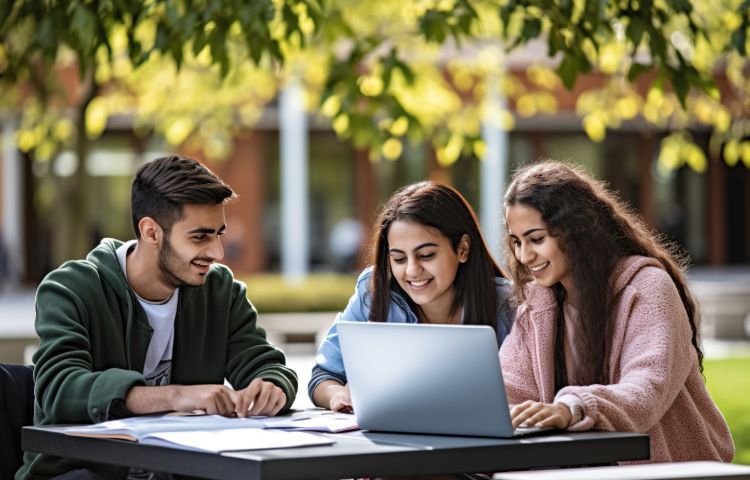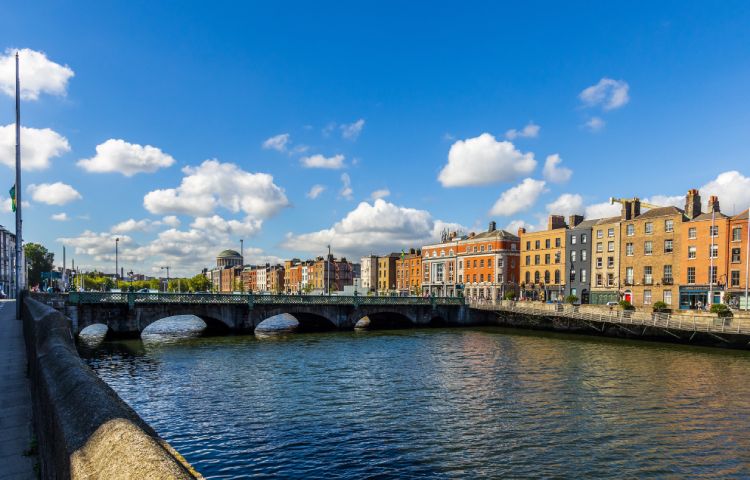Detailed Information On A US Student Visa
.png)
Most students who
plan to pursue their further studies
abroad choose to go to the United States. This is because the US is considered
to be one of the best study destinations around the world. With reputed
educational institutions that offer courses in various fields, students are
open to multiple choices.
But before you
start applying to various universities, you should also be aware of how to get
a US student visa. Here’s what you should know:
Types of student visas
F1 visa
The F-1 visa is the most common type of visas for students. This visa is for those students who plan on going to the US to pursue their academic courses or an English Language course. The academic course that you have chosen should get done by the date that is mentioned on your Form I-20. If it does not end within the mentioned tenure, you would have to speak with your international advisor who will help you in getting an extension.
If you have an F-1
visa, you are not permitted to find a job while studying, but you can work
part-time if you find on-campus employment. Your working hours would be limited
to 20 hours per week. Once you complete your academic course, you also have the
option to work on OPT (Optional practical training) for 1 full year.
However, it is best to check this with your international advisor since
working without proper authorization would put your visa at risk of being
revoked. Those who are dependents of the F-1 visa holders (Spouse and unmarried
children below the age of 21) have to apply for F-2 visas.
M1 visa
Not all students
prefer going for the usual academic courses. Some choose to pursue non-academic
courses and vocational courses. Such students are supposed to apply for an M-1
visa. Students who have an M-1 visa are not permitted to work in the United
States during their stay.
In order to get an
M-1 visa, you need to pursue a full course of study at a college with 12
semester or quarter hours. The biggest difference between an F-1 visa holder
and an M-1 visa holder is that M-1 visa holders are not permitted to overstay
their visit. Dependents of the F-1 visas (Spouse and unmarried children below
the age of 21) have to apply for M-2 visas.
J1 visa
The United States
Government organizes numerous student-exchange programs, which are often
sponsored by an educational university or any non-profit organization
accredited by the US State Department’s Exchange Visitor Program.
Those interested
in these programs have to apply for J-1 visas. These visas are for students who
are looking to pursue practical training which is not available in their home
country. The training that they seek should be directly related to their
academic course. The working rules for J-1 visa holders are pretty much the
same as those of the F-1 visa holders once they are given permits by their
exchange visitor program sponsor. Dependents of the J-1 visa holders (Spouse
and unmarried children below the age of 21) have to apply for J-2 visas.
When applying for
a US student visa, keep the following requirements in mind:
• Strong ties to
your home country.
• Proof of
admission.
• Proof of funds
• Academic
documents (Marksheets, English Language Proficiency certificates).
• Bank statements
(Original & photocopies). Now that you have learnt about the different types
of US student visas, you are most likely thinking about the finances for your
academic ventures. With Avanse, you can get an student loan that would
take care of all your academic expenses. Do contact us and we will see to it
that you get the assistance you need.
We hope that you
find this article useful, all the best!

sadsd ddf
asdfsdf
We always aim to offer you competitive interest rates on your Avanse Education loan.
The rate of interest on your loan is calculated as: Interest Rate = Avanse Base Rate + Spread.
Our current Base Rate is 14.25% (WEF 01.05.2023).
The Spread is floating and is based on analysis of overall credit and course profiling.
- Rate of interest on student loan will be floating in nature.
- Interest is calculated using Simple Interest Rate with Monthly rest.
This rate is subject to the terms and conditions of Avanse Financial Services Ltd.







